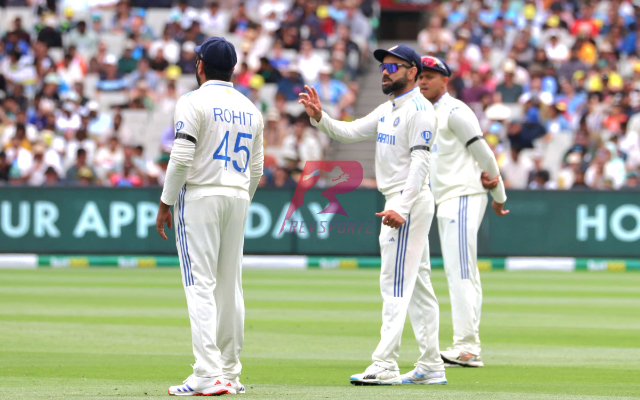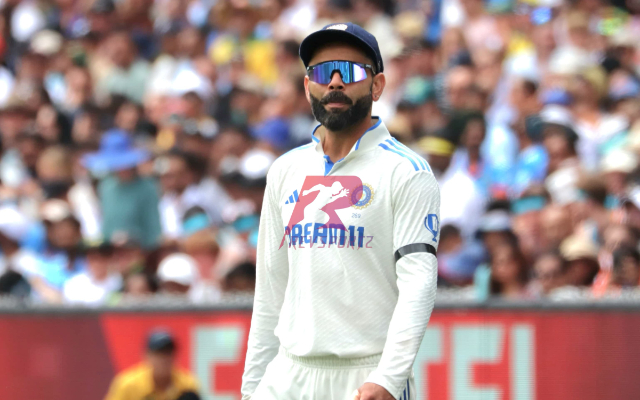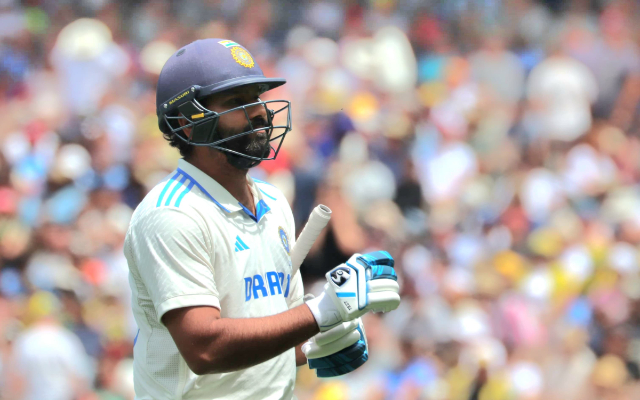
The gallows humour led to a bit of mischief. As Rohit Sharma failed yet again and India lost seven wickets in the final session to slump to a defeat in the fourth Test against Australia in Melbourne, this correspondent flipped through some old stats. Somehow, India’s forgettable tour of Pakistan in 1982-83 came to mind and batting averages were checked.
Even amid the ruins, there were only three single-digit averages. Kris Srikkanth, 9.33, but he only played two Tests. In fact, his failure, and Arun Lal’s, had prompted Sunil Gavaskar to promote Ravi Shastri to open the innings in the final Test. Shastri responded with a century. The other two single-digit averages belonged to Maninder Singh (4.80) and Dilip Doshi (3.50), the two rank tailenders. Cut to the present, and Rohit’s average from three Tests and five innings in the ongoing Border-Gavaskar Trophy is 6.20.
A phone call to Maninder ensued. He wasn’t available. His teammate, Madan Lal, was initially taken aback by the comparison – “You cannot compare Rohit Sharma with Maninder Singh and Dilip Doshi” – before he understood the sarcasm and broke into a laugh. “Rohit is out of form, it’s for him to decide whether he should continue or drop himself,” said the World Cup-winning medium pacer who also served as India coach. “There’s a coach. The chief selector is also there. It is their job to tell Rohit.”
The biggest issue here, though, is Indian cricket’s star culture. Rohit is a superstar and also the captain of the team. It’s obvious that his batting is getting undone by his slowing reflexes, and at 37 years of age, a resurrection is probably beyond him. But as of now, he is not willing to step aside, so Shubham Gill got the chop in Melbourne and KL Rahul’s batting position was tinkered with. India’s playing XI in the fourth Test lacked balance, with two batting all-rounders – Nitish Kumar Reddy and Washington Sundar bowled just 27 overs between them in the game – in it. If the skipper refuses to budge in the final Test in Sydney, then another player would be made the sacrificial lamb to accommodate him.

Move on to Virat Kohli, who is giving the chase-master sobriquet a whole new meaning. The former captain has gotten out six times chasing deliveries outside off in the ongoing series. One wonders if the batting coach has raised the issue with him. “I guess the time has come to scrutinise the role of a batting coach in the Indian team,” former India batsman Sanjay Manjrekar wrote on X (formerly Twitter). “Why major technical issues have remained unresolved for so long with certain Indian batters.”
This is a very valid question. Then again, does this Indian team have a batting coach at all? Can anyone in the team management or selection committee give a tap on Kohli’s shoulder, like England head coach Brendon McCullum did to the great James Anderson?
There’s also the case of Rishabh Pant. Good teams seem to have figured him out and they just play on his ego. If his shot in the first innings at the MCG was atrocious, perishing to a Travis Head longhop in the second dig, with the Test to be saved, was even worse. Pant is Indian cricket’s next big thing, ready to fill the stardom void once Rohit and Kohli hang up their boots.
Ramachandra Guha, the noted historian and author, had called out Indian cricket’s “superstar culture” when he was a member of the Supreme Court-appointed Committee of Administrators. “The superstar culture that afflicts BCCI means that the more famous the player, the more leeway he is allowed in violating norms and procedures,” Guha wrote in his resignation letter.
That was 2017. Seven-and-a-half years down the line, things barely have changed. Indian cricket remains a prisoner of its star culture. Currently, it is hurting the team in Australia.




